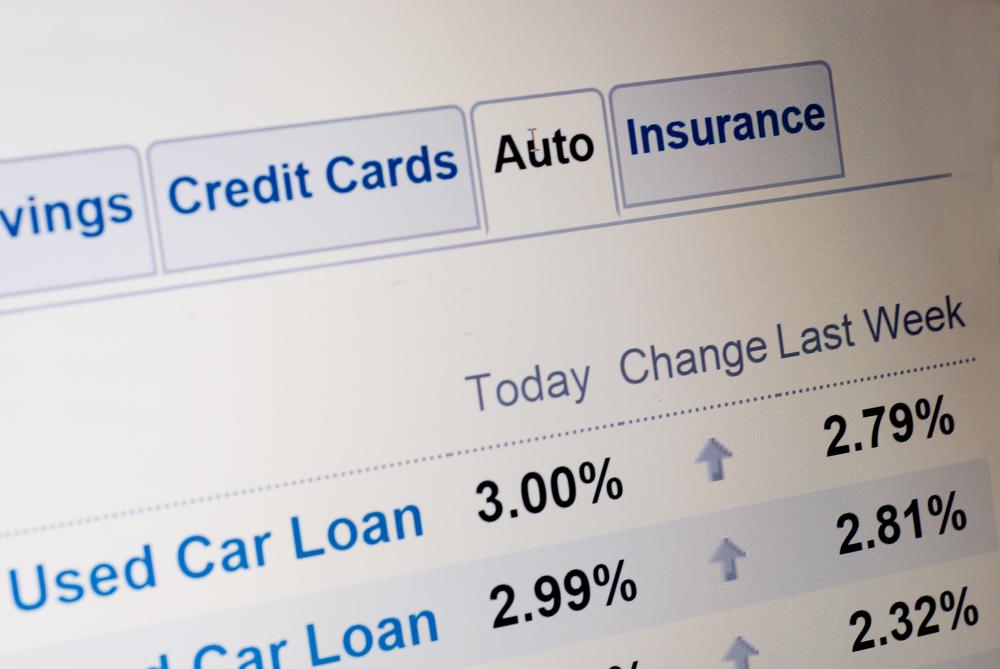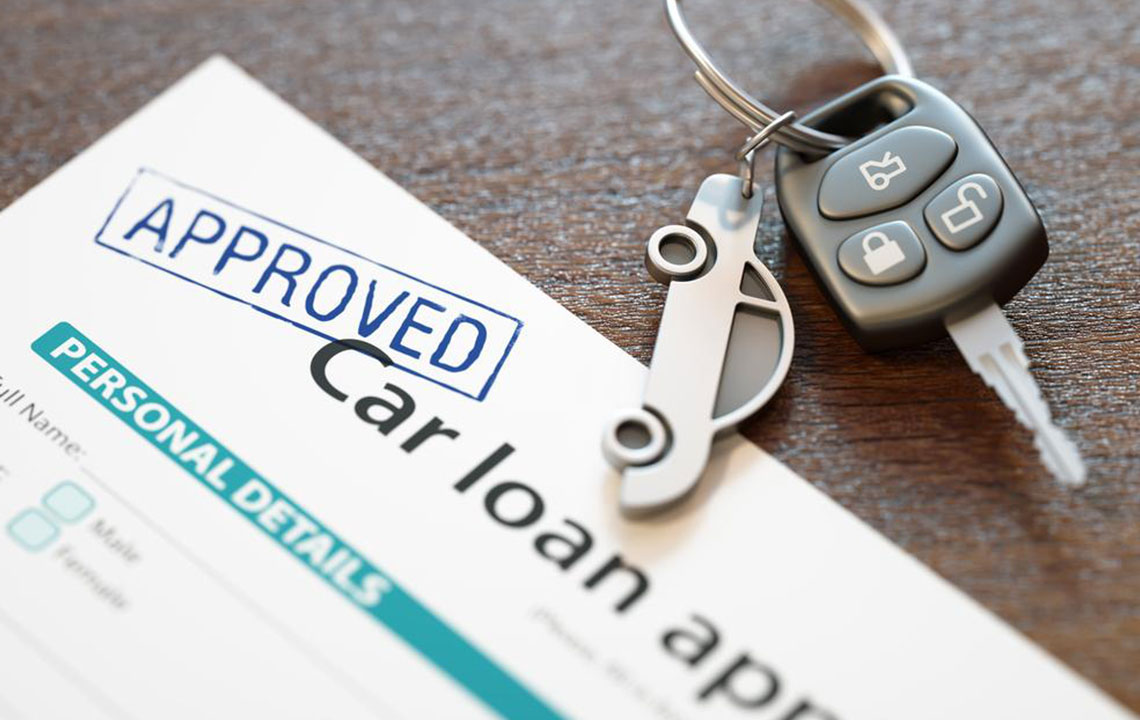Smart Strategies for Buying a Used Car Without an Initial Down Payment
Discover comprehensive strategies for purchasing a used car without an initial down payment. This guide covers trade-in leverage, credit improvement, negotiation tips, and choosing affordable vehicles, providing practical solutions to reduce upfront costs and achieve your vehicle ownership goals efficiently.

Smart Strategies for Buying a Used Car Without an Initial Down Payment
Owning a reliable vehicle can significantly enhance your daily life by providing independence, flexibility, and convenience. Whether it's commuting to work, running errands, or enjoying leisure trips, having a car offers unmatched freedom compared to public transportation. However, the process of purchasing a vehicle often involves substantial upfront costs, including the initial down payment, insurance premiums, ongoing interest payments, maintenance expenses, fuel costs, and parking fees. For many prospective buyers, the initial down payment remains a major obstacle, particularly if they lack substantial savings.
Financial challenges of vehicle purchases and the advantage of no-down-payment options
Typically, dealerships require a hefty down payment—ranging from 20% to 30% of the vehicle's total price—to mitigate their financial risks. A significant upfront payment can be daunting, especially for individuals with limited savings or those facing other financial obligations. Fortunately, many financing options and strategic approaches exist that allow buyers to acquire used vehicles without making an initial deposit. This flexibility can significantly reduce immediate financial strain, enabling more people to access reliable transportation sooner.
Maximizing your financial options requires understanding various strategies to minimize upfront costs. Whether you’re considering trade-ins, improving your credit, or negotiating terms, there are practical methods that can make purchasing a used car without an initial payment feasible and even advantageous in the long run. This comprehensive guide explores the most effective techniques to help you finance your next vehicle with little to no down payment, all while maintaining financial stability.
1. Leveraging Your Trade-In Vehicle
One of the most effective ways to reduce or eliminate the initial down payment is by trading in your current vehicle. If you own an older car or one that’s worth some money, you can use its value as a form of initial payment toward your used car purchase. To maximize your trade-in value, ensure your vehicle is clean, well-maintained, and free of major issues. Getting a professional appraisal or visiting multiple dealerships for quotes can help you determine the true market value of your vehicle. Additionally, selling your car privately often yields higher returns compared to dealership trade-ins, providing extra funds to support your purchase. Proper documentation, such as maintenance records and ownership papers, can also improve your trade-in's credibility and value.
2. Enhancing Your Credit Profile
Your credit score plays a crucial role in qualifying for favorable car loans, especially if you aim to avoid a down payment. Generally, a credit score above 680 is considered good and can significantly increase your chances of securing low-interest financing or even zero-down payment options. To improve your credit profile, review your credit reports regularly to identify and dispute any inaccuracies. Pay all bills on time, maintain low credit utilization ratios, and avoid opening multiple new accounts within a short period. Over time, a stronger credit profile can unlock better loan terms, lower interest rates, and eliminate the need for a hefty initial payment, easing your overall financial burden.
3. Securing a Co-Signer
If your credit score is less than ideal, involving a co-signer with excellent credit can be a game-changer. A co-signer agrees to share responsibility for repayment, which can help you qualify for a loan without a down payment. This alternative is particularly useful for borrowers with limited credit history or lower credit scores. However, both parties should fully understand the responsibilities involved, as failure to repay the loan can adversely affect both credit histories and relationships. Using a co-signer should be a carefully considered decision, and ideally involve transparent communication to avoid misunderstandings.
4. Negotiating Flexible Payment Terms
Dealerships and lenders often offer room for negotiation concerning payment structures. Many are willing to waive the down payment in exchange for slightly higher monthly installments or longer repayment durations. While this approach can make acquiring a vehicle more affordable upfront, it may increase the total interest paid over the loan term. Fostering negotiation skills and being prepared with research about prevailing rates can enhance your chances of securing favorable terms. Proficiency in multiple languages, such as Spanish, can also be beneficial during negotiations with diverse lenders or sellers, facilitating clearer communication and better deals.
5. Comparing Multiple Financing Options
Do not accept the first financing offer you receive. Shopping around and comparing terms from different lenders enables you to find options that require no down payment or offer lower interest rates. Bank lenders, credit unions, and online financing platforms often provide more flexible terms compared to dealership financing. Beware of promotional offers that seem too good to be true; read the fine print carefully to understand any hidden fees or conditions. Multiple quotes empower you to make an informed choice that aligns with your financial capacity and long-term goals.
6. Using Credit Cards for Down Payments
Some dealerships accept credit card payments for down payments, providing a convenient alternative if cash savings are insufficient. However, this method may come with higher fees or interest charges, especially if you carry a balance. Before opting for this approach, calculate the total cost, including potential interest, to ensure it remains a financially sound decision. Using a credit card may also impact your credit utilization ratio, so consider your overall credit health before proceeding.
7. Choosing More Affordable Used Cars
Opting for a less expensive or older used car with fewer features can drastically reduce your overall costs. These vehicles typically have lower purchase prices, making it easier to secure financing without a down payment. While this approach may require some compromise on luxury or modern amenities, it provides a practical solution for budget-conscious buyers. Additionally, saving until you can make a traditional down payment can lead to better loan conditions and lower interest rates over time. Patience and disciplined saving are key elements to achieving long-term financial stability while acquiring your ideal car.
Ultimately, whether you choose to leverage trade-ins, improve your credit, or negotiate terms, careful planning and research are essential. Waiting and saving a substantial down payment, when possible, often yields more favorable financing conditions and stronger financial security. By adopting these comprehensive strategies, you can make the process of buying a used car more accessible and less stressful—setting you on a path toward vehicle ownership with minimal upfront costs.





